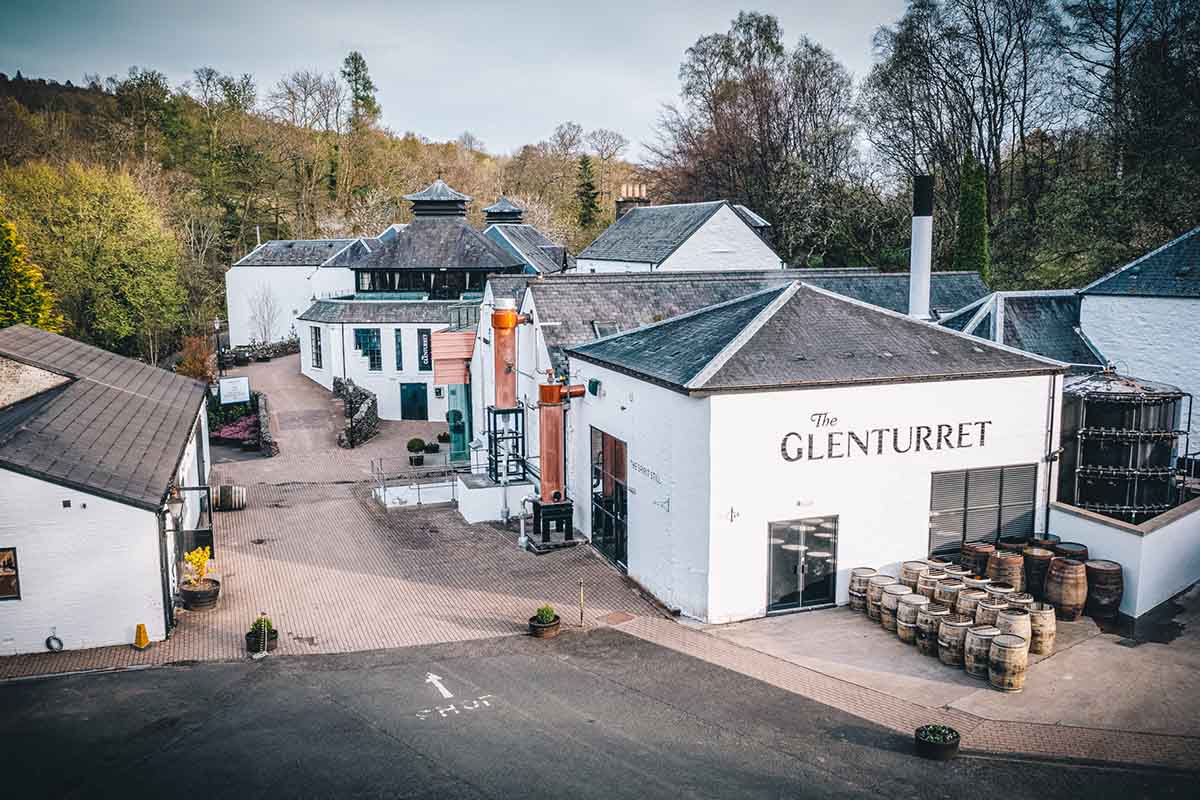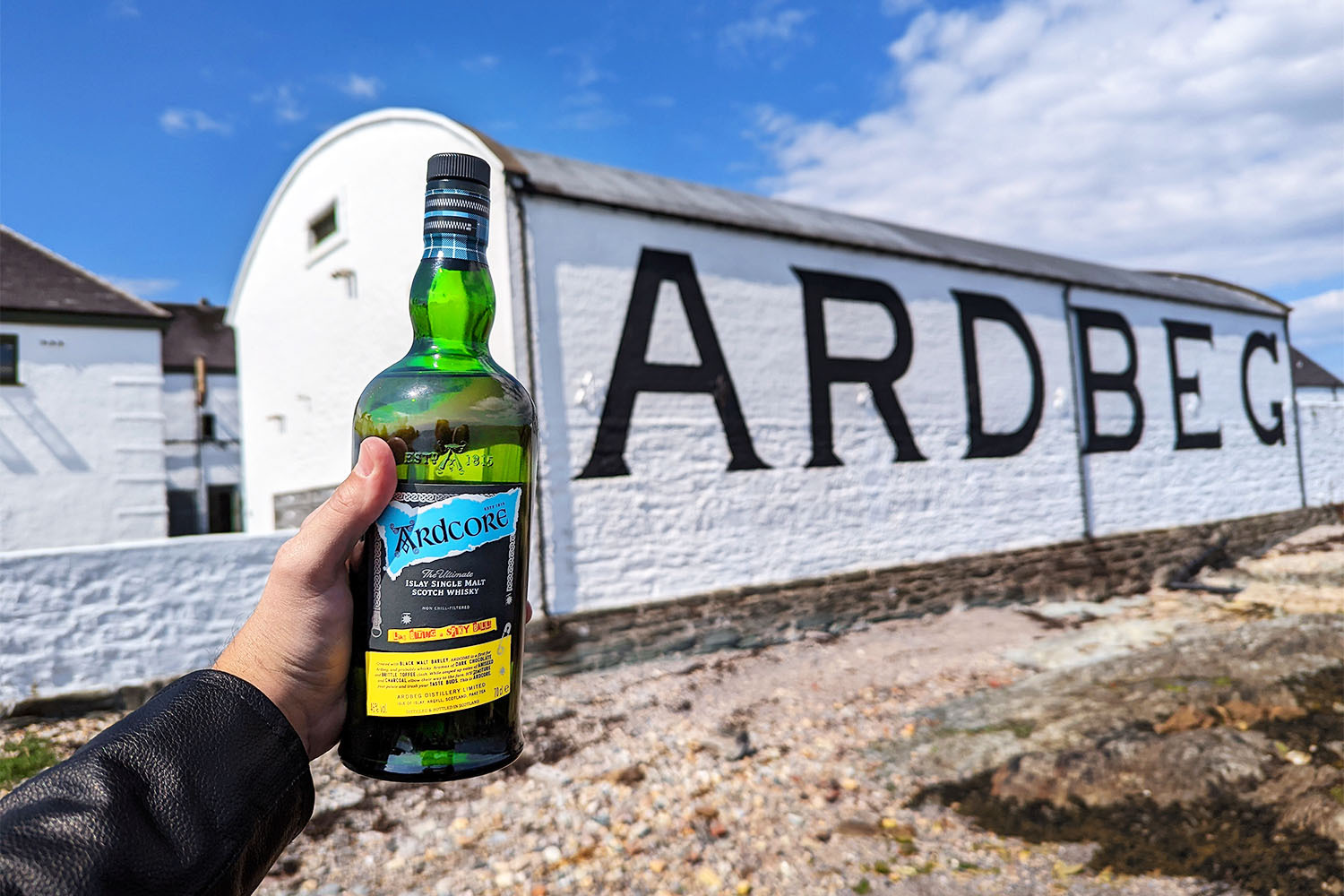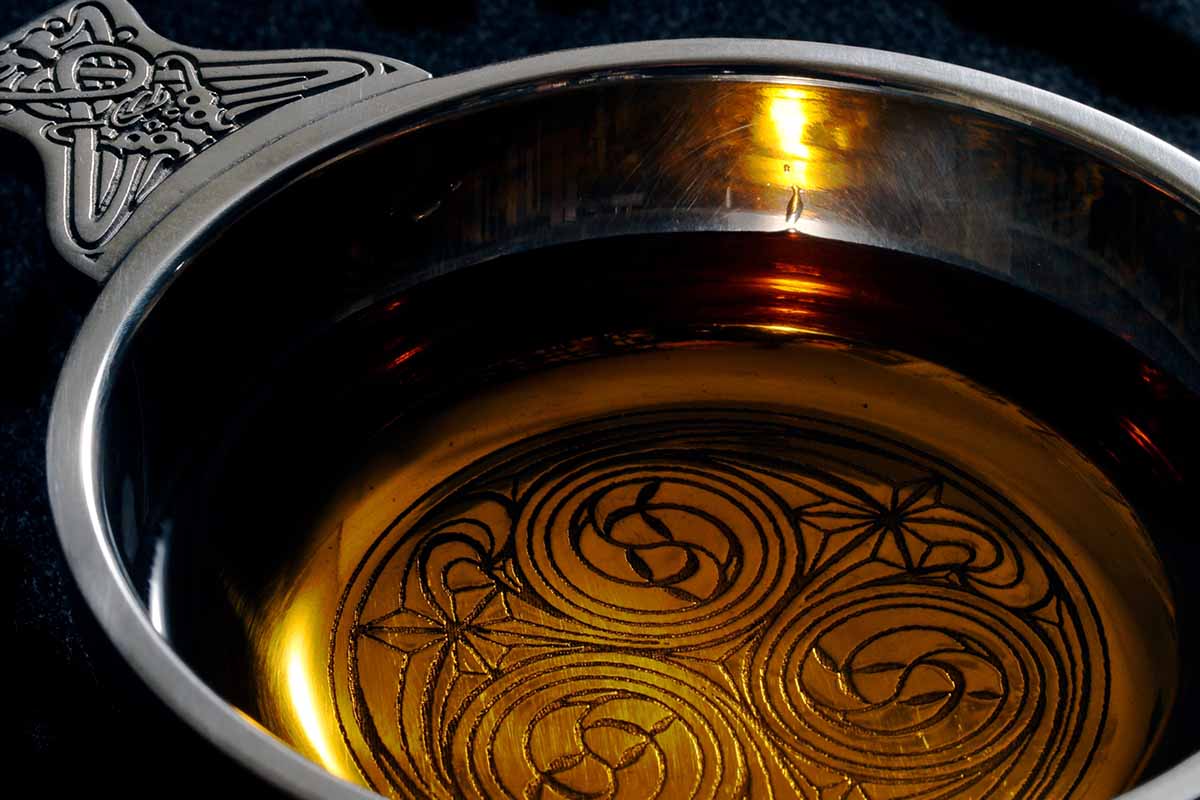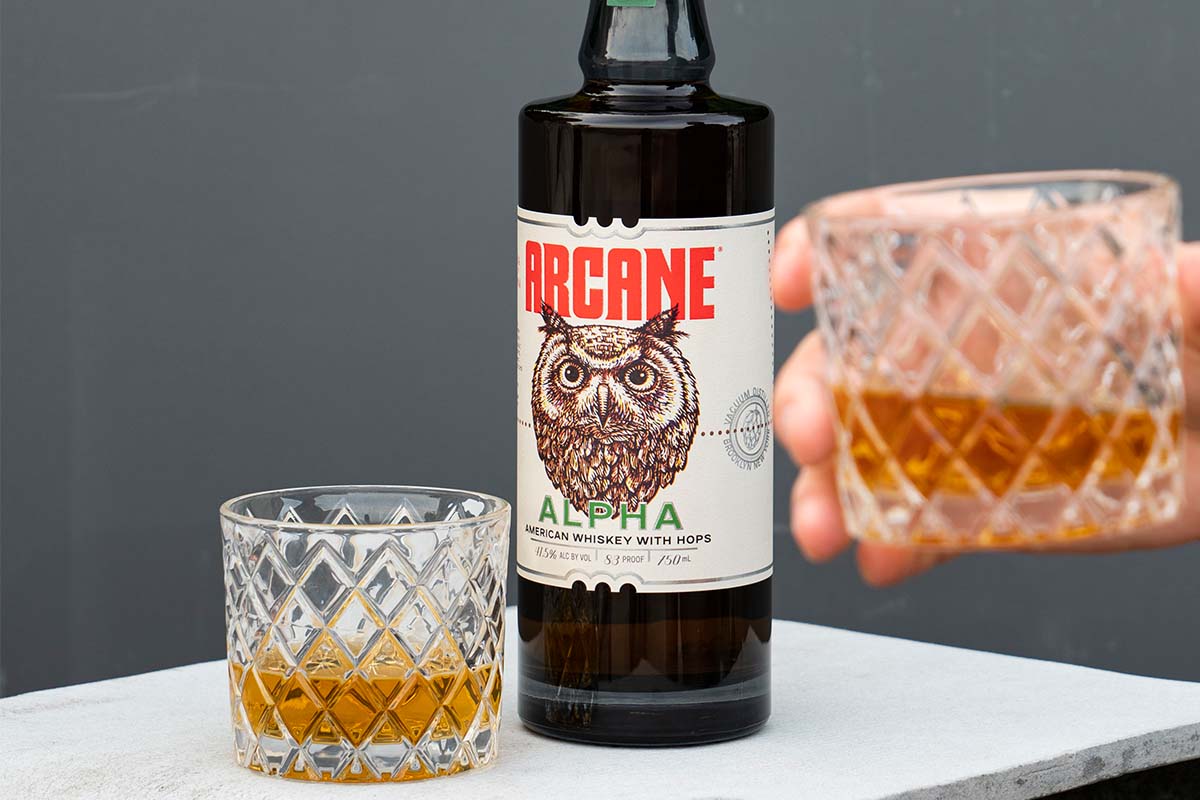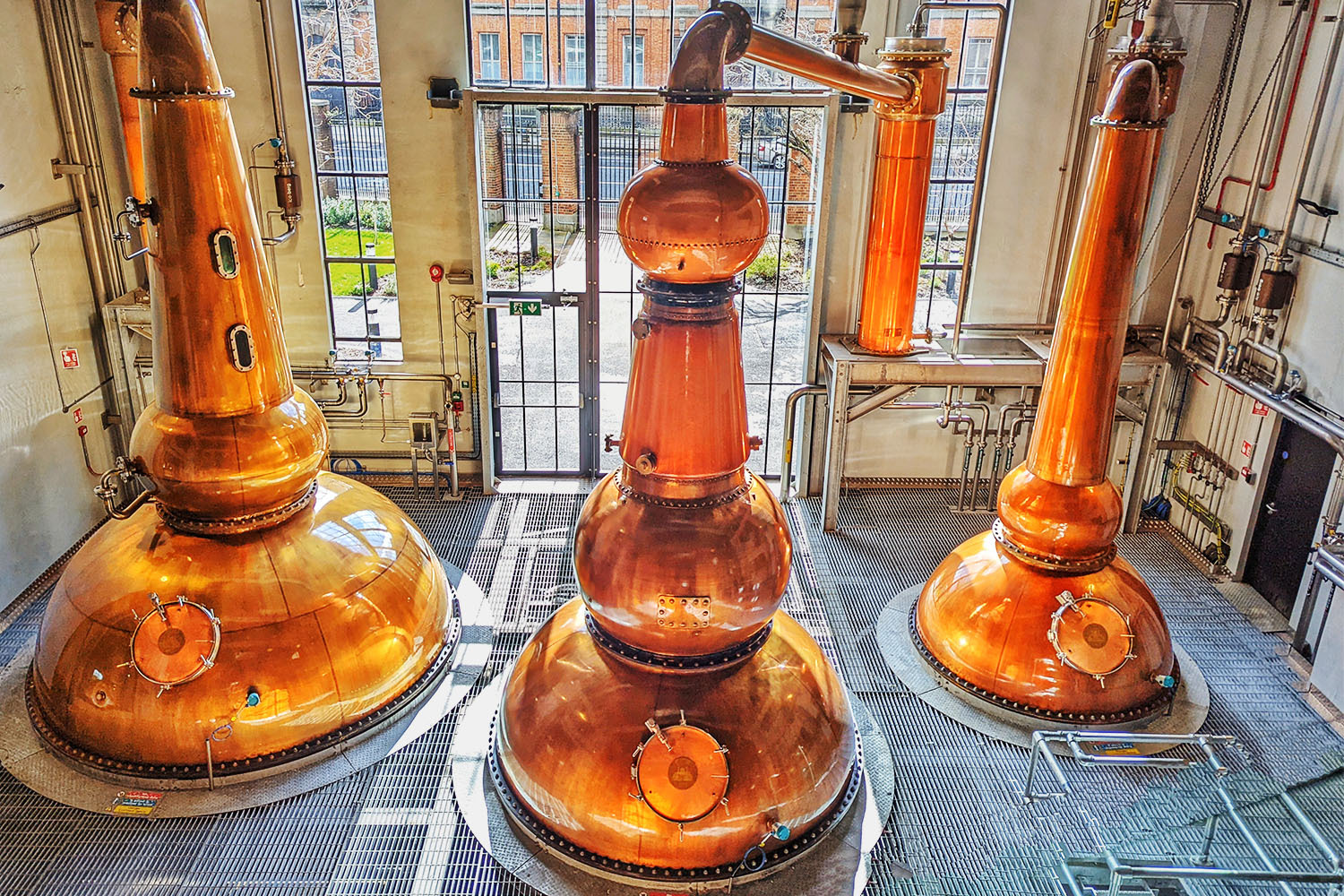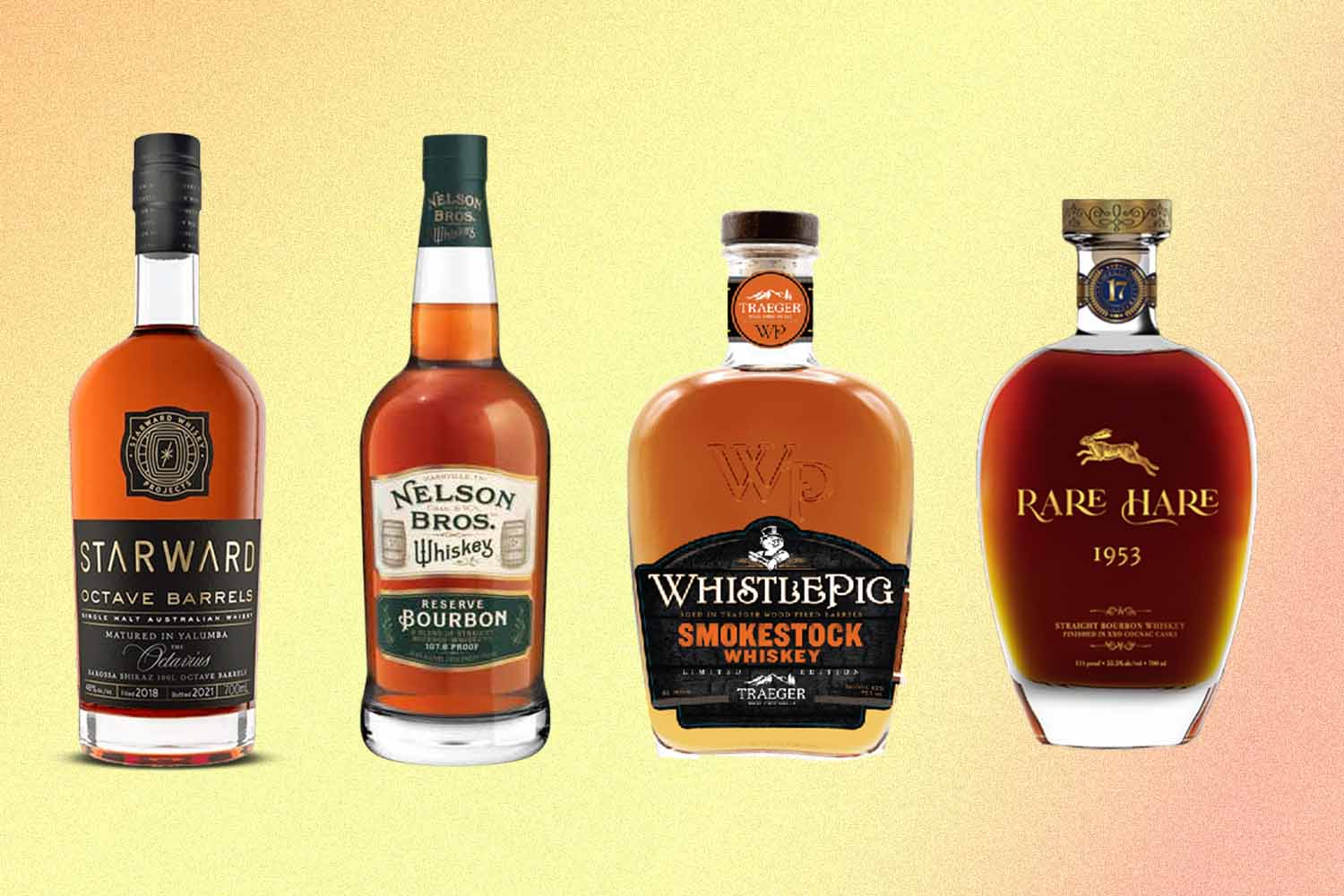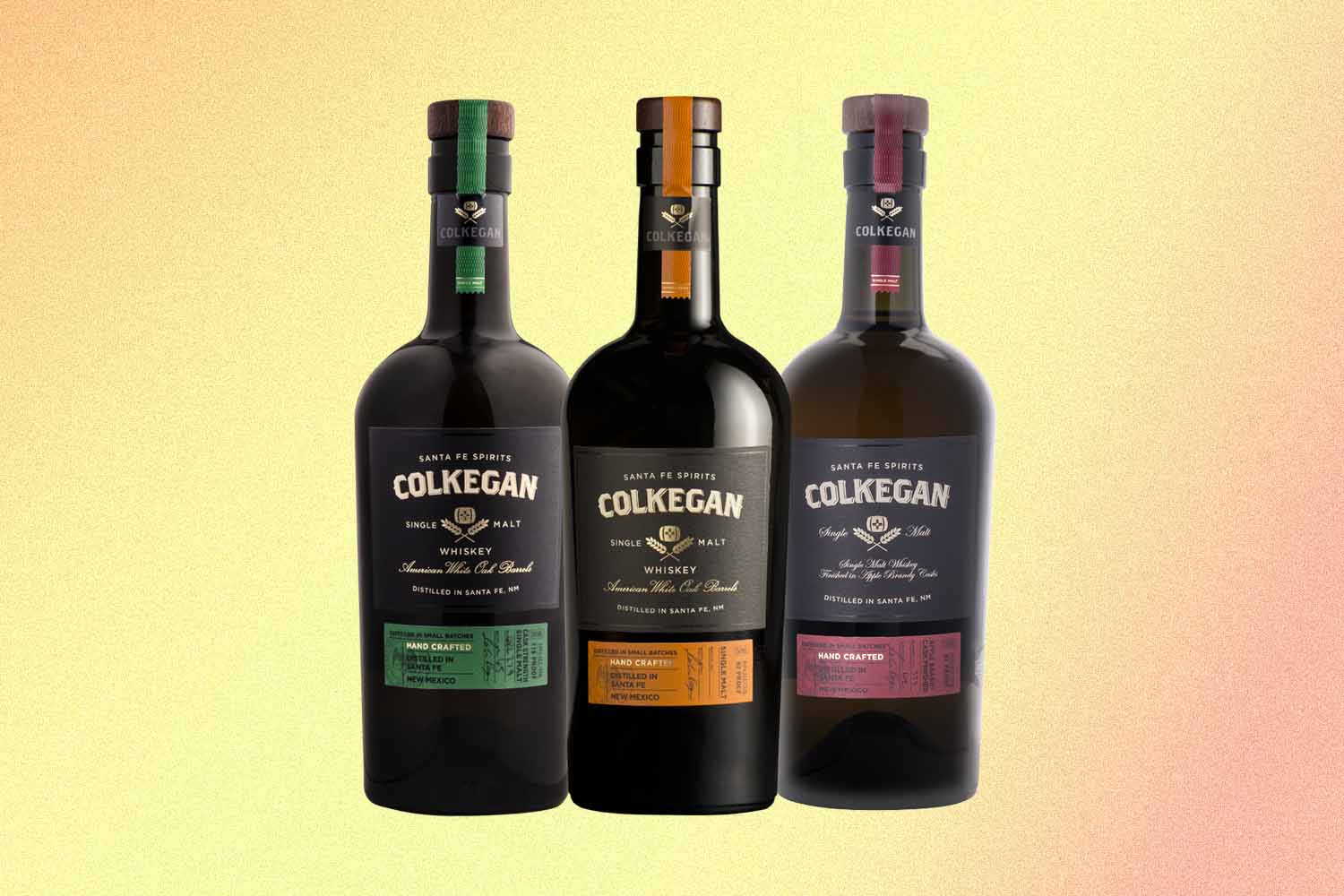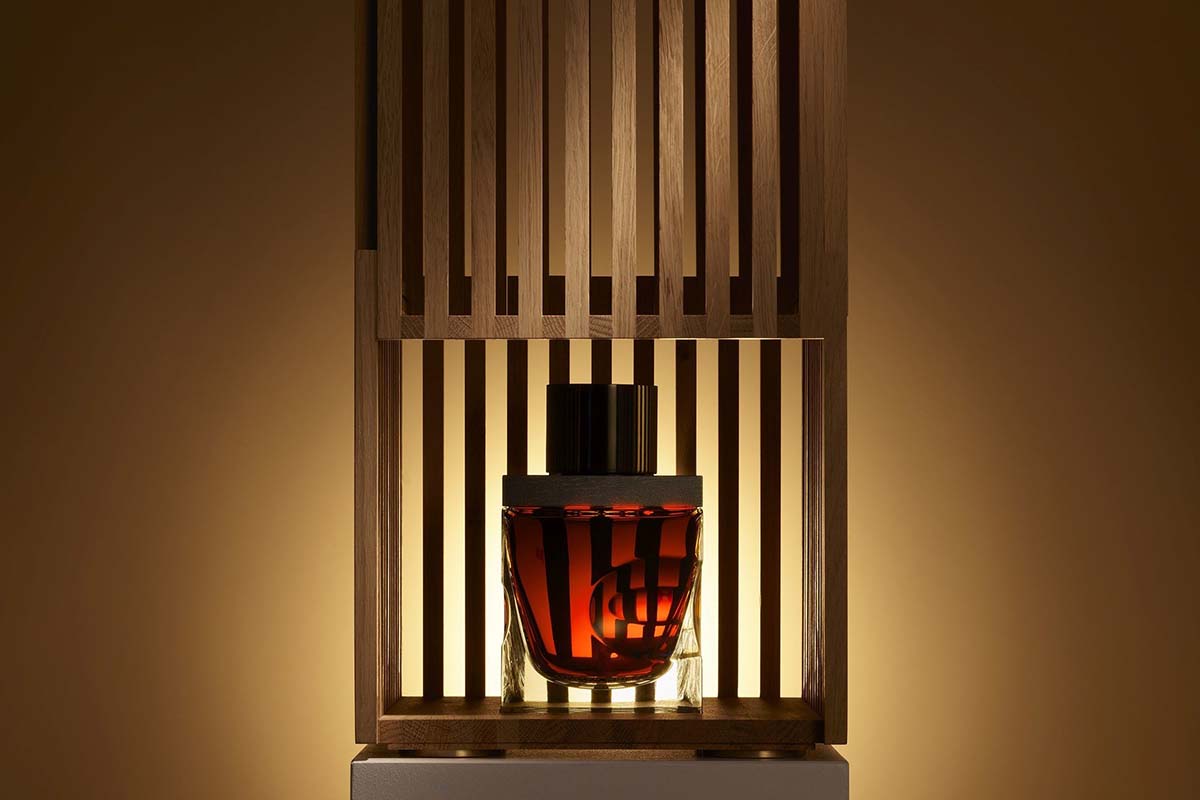There may be several reasons why Swiss billionaire Hansjörg Wyss — co-owner of Chelsea Football Club — decided to buy a whisky brand few people outside of Scotland have heard of. But perhaps the biggest incentive was his love of history, the same passion which encouraged him to buy a winery in Sauternes designated Premier Grand Cru by none other than Napoleon Bonaparte.
The Glenturret, as the Scotch company is called, caught his eye because it’s the oldest working whisky distillery in the country.
“It’s funny, but for many decades, as whisky hobbyists started looking into the history of whisky, we started to become described as ‘allegedly the oldest,’ so we got to the point where we felt that we had to prove the claim was true or stop using it,” says managing director John Laurie. So the company hired a historian and he dug around among moldy clan documents in dusty Edinburgh archives. Finally, he found one that dated The Glenturret to at least 1763.
“We didn’t dare look back further than that because then documentation gets really hard to find,” says Laurie. “But it does give you a sense that you’re just a custodian of a moment in time, that you’re part of a very long process and the chances that I won’t actually see a lot of the products started here over coming years. I’ll be retired. History sharpens your senses to the idea that there were people before you and there will be people after you.”
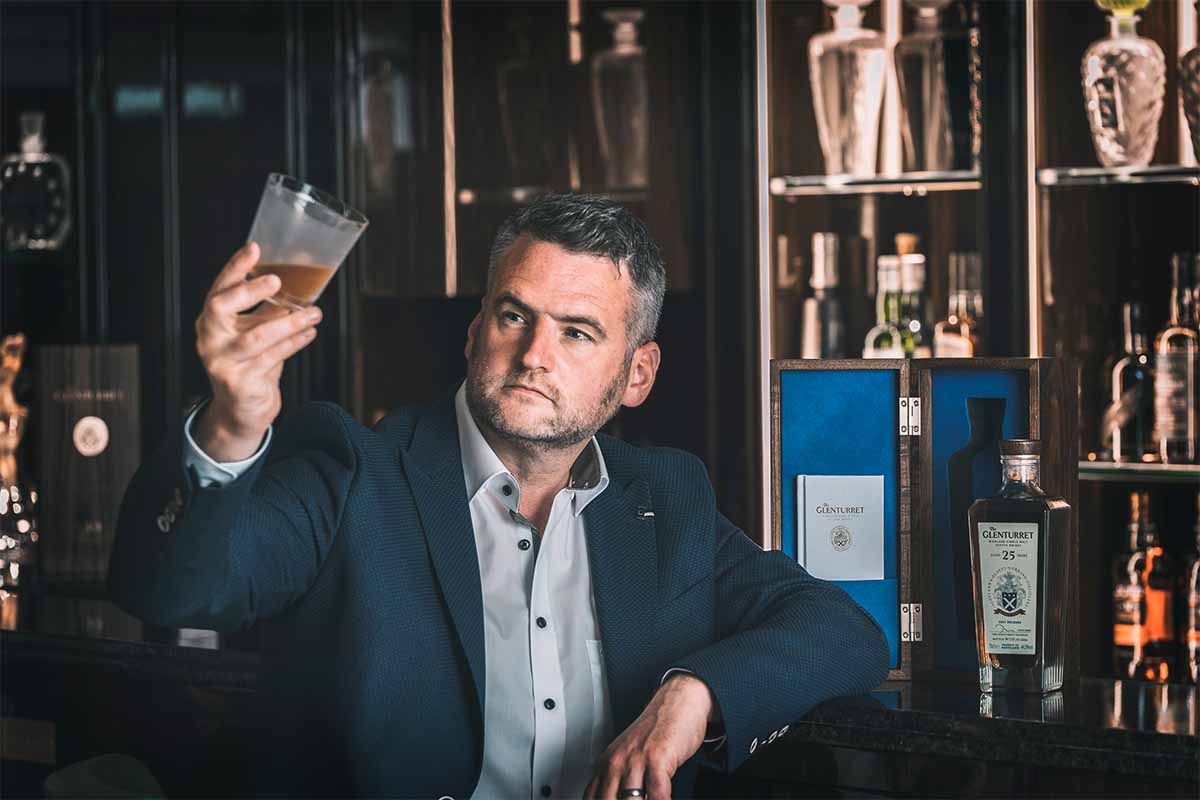
The research did bring up some interesting stories, from issues securing water rights to past employees who were overcome by CO2 fumes and then drowned in the mash tun. “They bring color to it all,” says Laurie. “It does make you think how these people walked through the rooms you’re walking through now.”
That Glenturret has been lost in the shadows for generations is clear. The small batch distillery has made only some 2,000 cases under its own name — very few of which made it to the U.S. — with over half of its production going to make Famous Grouse. Its distillery even became a Famous Grouse “visitor experience.” As Laurie notes, “The Glenturret brand was effectively covered over.”
But its new owners — Wyss has gone in with the French crystal house Lalique — have spent the pandemic period in serious revival mode, having recognized that Glenturret’s million-plus liters of aging alcohol and its great credentials offered up a golden opportunity. “It’s really the first time it’s been properly invested in for all of its long history,” Laurie adds.
It’s a revival that has already won it 31 industry awards, including the Icons of Whisky Scotland Distiller of the Year for 2022 and the Master Blender of the Year 2021, for Glenturret’s Bob Dalgarno, the man who previously spent 30 years at The Macallan.
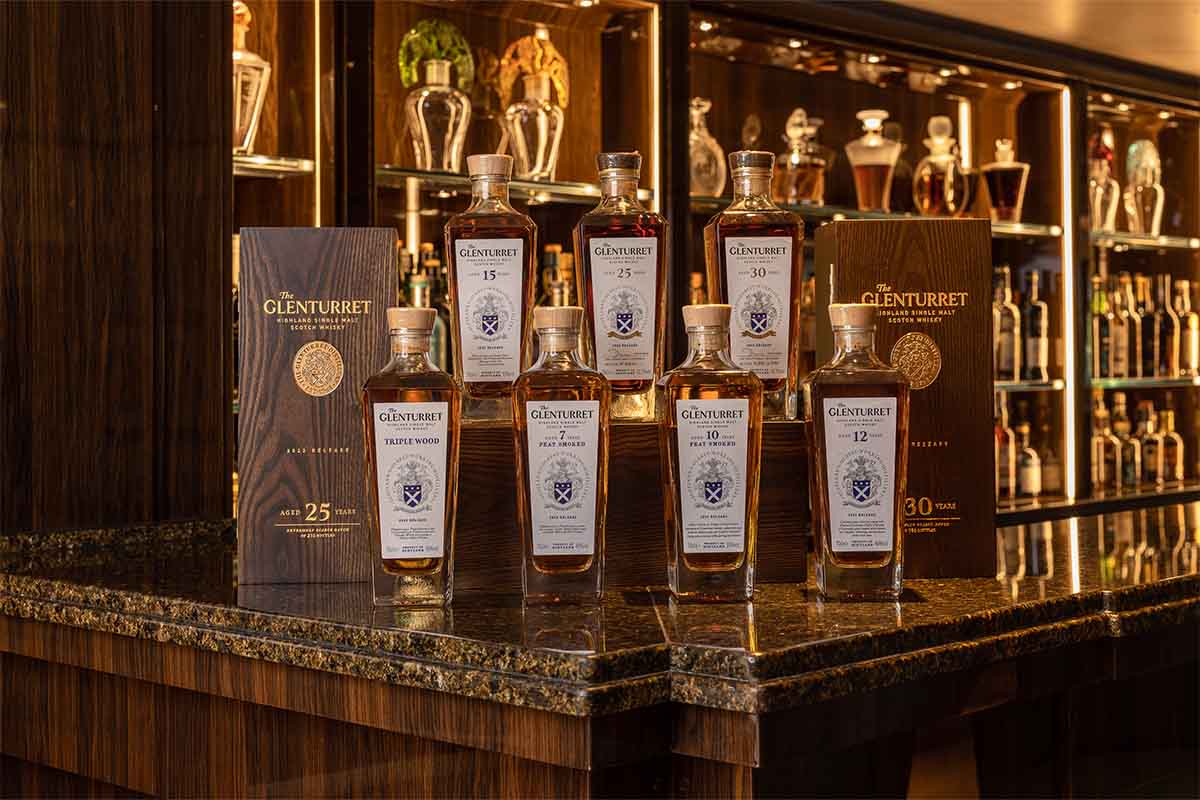
Glenturret’s current warehousing capacity is for just 7,000 casks, so they’re building a new complex able to store 23,000, still leaving the brand a relative minnow. Collaborations with Jaguar and the legendary Gleneagles hotel — with Glenturret providing 750 bottles of a Gleneagles single malt every year — have recently been followed by a whisky made for St. Andrews, the spiritual home of golf. Glenturret is even getting its own proper visitor center.
Most radically for a Scotch distillery, Glenturret has become the first to open its own fine-dining restaurant, one which has already scooped a Michelin star. The bar, naturally, offers some 250 whiskies from across the world, though the real star is Glenturret 35 Year Old 1977. “There has been some disbelief about that across the industry,” says Laurie. “Distilleries are typically ‘buy a ticket at reception, take a tour and exit through the gift shop with a cup of coffee maybe.’ But this is a restaurant where you have a 16-course tasting menu, with the food that celebrates the same terroir that goes into Glenturret. It’s not a branded restaurant. You don’t get Glenturret whisky sauce on your chicken.”
Does this suggest that Glenturret is crossing the Rubicon from niche whisky to an international lifestyle brand? Laurie insists that production levels will remain relatively low, not least because one distinction for Glenturret is that it’s made by hand. He also concedes health and safety regulations have meant some changes. (“We were the last distillery to physically mix the barley and water of the mash with a big stick — literally — but the people who do that end up with all sorts of shoulder injuries.”) But Lalique, Wyss and Laurie have very consciously chosen not to introduce the kind of computerized mechanization that could double or triple output, even though the cash is now there to do so.
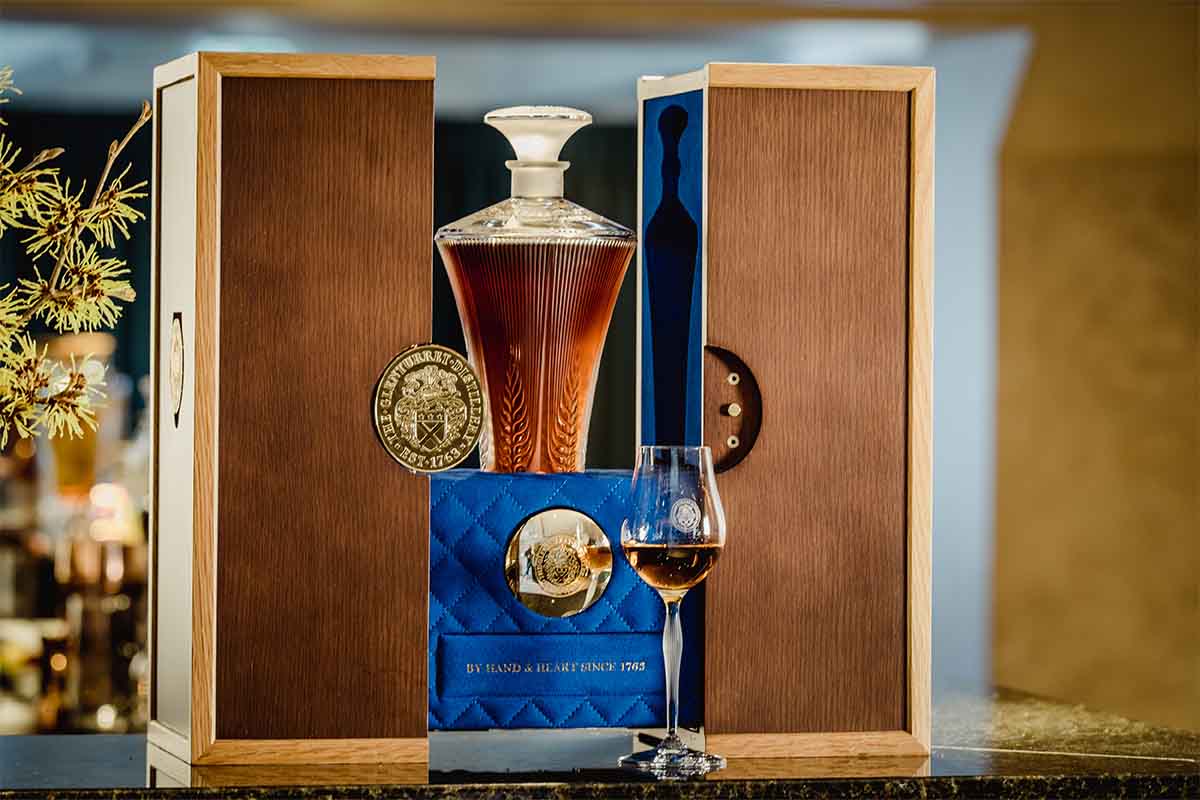
“Whether you can taste that Glenturret is handmade, well, probably not,” admits Laurie. “But when you know something is made by an artisan — whether it’s a watch, leather goods or a whisky — it gives the product a romance that consumers really enjoy. Is that just marketing? I can only say it’s something I really value. And the fact is that there are already plenty of lifestyle brands in this industry that just happen to make whisky, whereas I think first and foremost the priority has to be putting exceptional liquid in a bottle. Otherwise, people try you once and don’t come back.”
Not that a fancy bottle is out of the question. Indeed, Lalique is well placed to provide very fancy bottles (they’ve done it with tequila) and inevitably some cut glass has started to sparkle in the Scottish mists: Glenturret has presented the first of four new Highland single malt whiskies in just 105 handblown decanters, with another decanter project (in collaboration with an unnamed artist) in the pipeline for next year. Back in December a one-off single malt, Uaine, bottled in a jade green crystal decanter, sold at Sotheby’s for $35,000.
But Laurie is reluctant to move too far from whisky’s bedrock — its fundamental provenance, its connection to the land — in search of the kind of lifestyle novelties that, he argues, have muddied the waters for other spirits.
“Look at what’s happened with gin, for example. That’s got very messy, such that it’s very hard for consumers to have any brand loyalty now,” he says. “Do you need 10 botanicals or 50? Do you need so many different flavors? There’s too much choice and so much confusion, and I think we’ll start to see some consolidation in that market now. Whisky can’t be going down that road.”
What it can do with, however, is an underscoring of its authenticity, so that it continues to appeal to what Laurie says is a rapidly changing global consumer and, essentially for a product long associated with old dufferdom, a younger one too. So there will be no pipers on the labels, no shortbread tins, no stereotyped visions of Scotland more at home in Highlander or Braveheart.
“New generations are looking for a whisky that’s genuine,” he reckons. “They’re more agile with their palates and want to drink different whiskies on different occasions too. On some days they want a more bourbon-influenced drink and on others they’ll be having more of peat mood.”
Glenturret is now introducing up to 14 new whiskies every year. But as for the peat? That may be on its way out as whisky producers increasingly come under the hyper-critical lens of sustainability. The use of peat as a natural marshland resource is coming under fire, Laurie says, even for a relatively minimal peat-user like Glenturret. So the pressure is on to find some kind of sustainable peat replacement.
“Though you know what will happen — you can bet that that will only drive up demand for the last of the real peat-based stock,” he adds. “That’s the thing about whiskey, people want the real deal.”
Every Thursday, our resident experts see to it that you’re up to date on the latest from the world of drinks. Trend reports, bottle reviews, cocktail recipes and more. Sign up for THE SPILL now.
